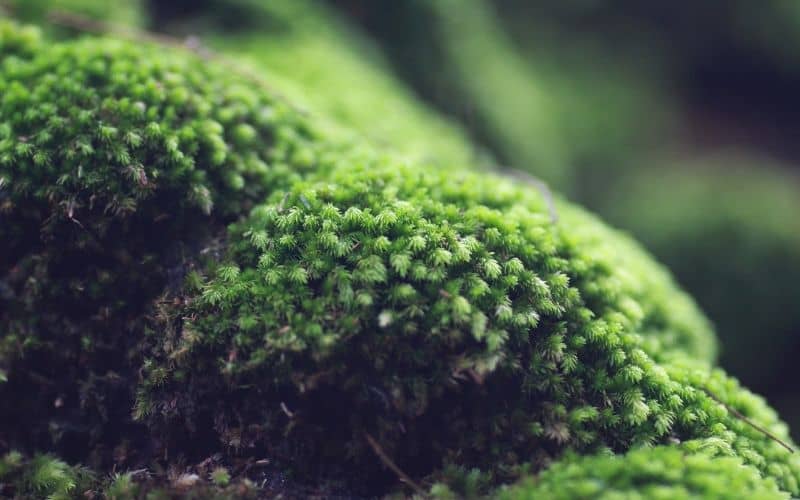

Like other aquatic plants, Java Moss undergoes photosynthesis, taking in carbon dioxide and producing oxygen. In other words, the more Java Moss you plant, the more stable your water chemistry is. With Java Moss, they favor these unwanted substances by absorbing them and converting them into energy for their growth and development. If these chemicals are not controlled and keep building up, they can become toxic and may wipe up your entire fish population. Benefits of Keeping Java MossĪside from adding to the aesthetic beauty of your tank, keeping Java Moss comes with several benefits: Stabilize Water ChemistryĪs your fish metabolize and excrete, they release inorganic compounds like ammonia, nitrites, and nitrates. On top of this, they reproduce sexually (by releasing spores) and asexually through the fragmentation of small buds that grows into a new plant. This characteristic allows the plant to either carpet along the substrate, attached to driftwood, or set in the wall and become a background flora.īeing a perennial plant, Java Moss flourishes in all types of seasons, making them readily available all year round. It has multiple small stems that branch out irregularly with leaves that can only reach 2mm long.ĭespite having no roots, Java Moss has sticky feet called rhizomes which are very effective in anchoring on any surface. Java Moss is a small plant standing only from 2 to 5 inches tall. Origins and Biology of Java Moss Source: the name suggests, Java Moss ( Taxiphyllum barbieri) originated from the islands of Java and Sumatra in Indonesia, as well as other countries within Southeast Asia.Īside from their utilization in traditional Asian medicine (as diuretics, cough medication, and wound dressing), Java Moss is valued more in the aquarium hobby as one of the sought-after plants for aquascaping. We are talking about Java Moss, and everything that there is to know about this highly versatile aquarium plant are featured in this article. This plant we are talking about can either be placed in driftwood, set into a wall, or placed on top of the sand or gravel substrate to carpet along your tank. But have you observed that among the many aquariums you have seen, there is a type of aquarium plant that has been used and kept in many different settings? Plant portions into the substrate using tweezers.You have probably seen a couple of planted aquariums, and you would agree that each is unique and distinct.Split the plant in 6-8 portions using your fingers or sharp scissors (for small foreground plants).Carefully take the plant out of the cup and rinse off the growing media under the tap.
JAVA MOSS PROPAGATION HOW TO
See our video about how to handle these plants here or read below: The range offers several mosses and specialties such as Rotala macrandra, Rotala 'Bonsai' and mini versions of traditional varieties such as Alternanthera and Eleocharis. Plants are compact from the start so you will experience a dense and beautiful growth, if you give them the right fertiliser and CO2 from the start! The range is perfect for small and medium sized aquariums, and your patience will be rewarded.

Grow! cup you buy a myriad of plants which can be divided into small portions and cover a larger area.Success with your aquarium depends largely on the proper plant choice.
JAVA MOSS PROPAGATION FREE
The plants are guaranteed to be free from snails, algae and pesticides and therefore are totally harmless for sensitive shrimp and fish.


 0 kommentar(er)
0 kommentar(er)
